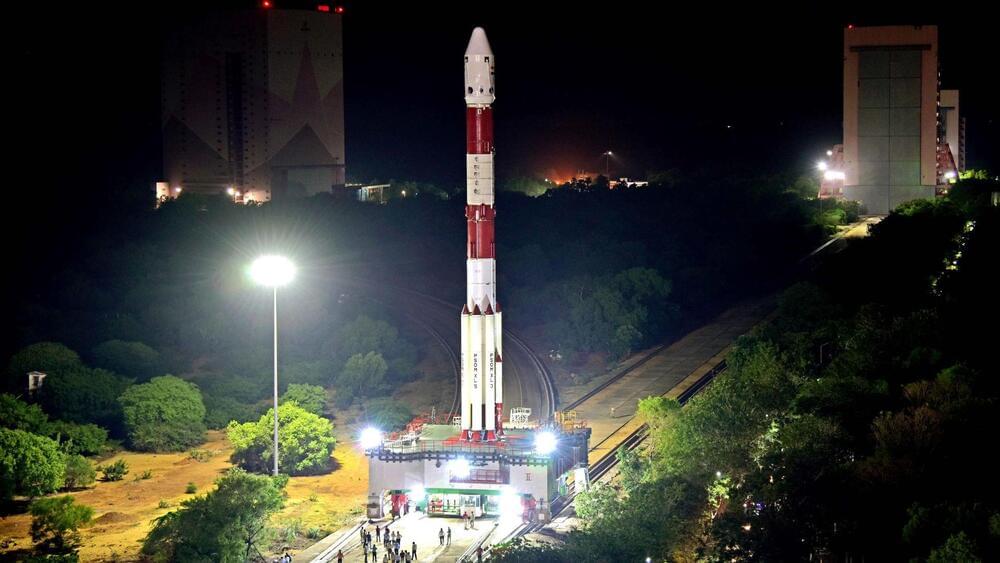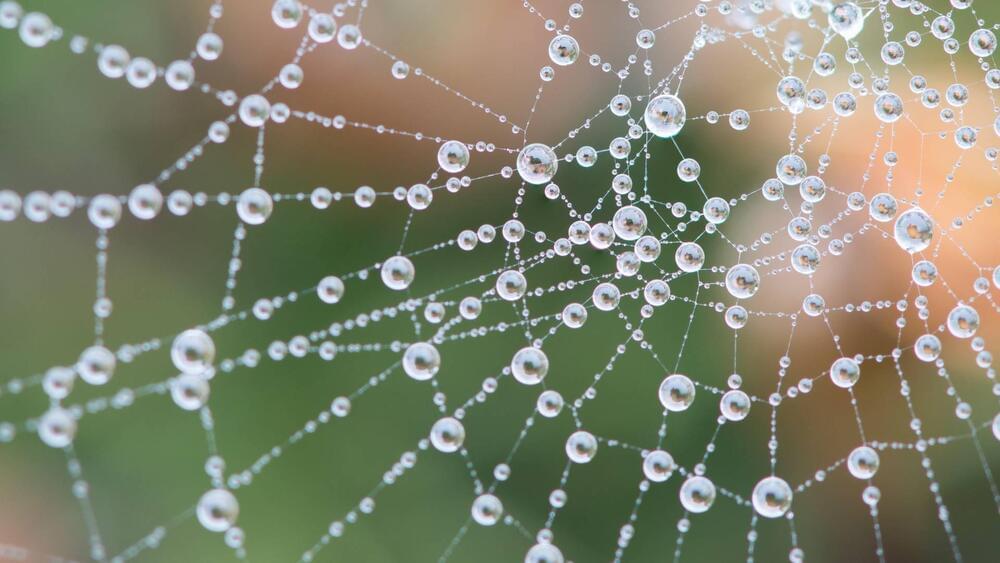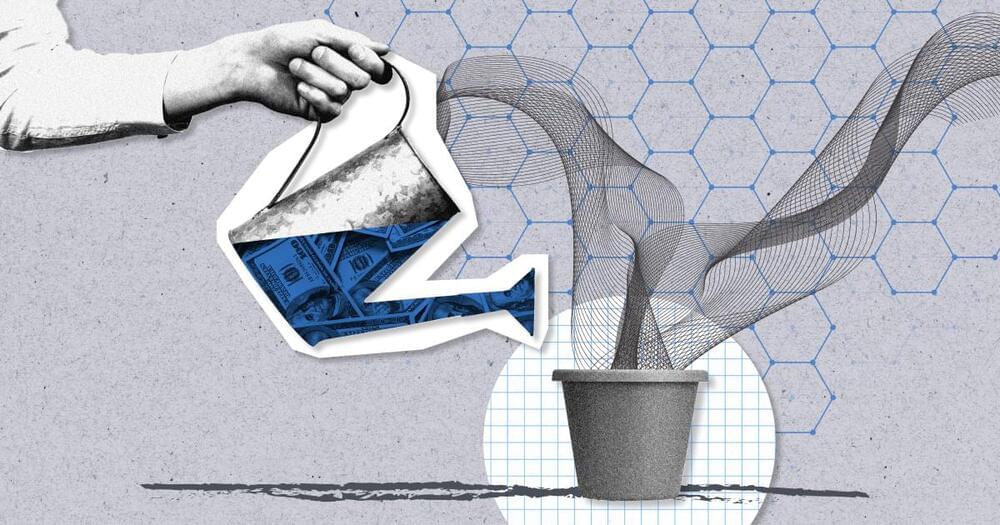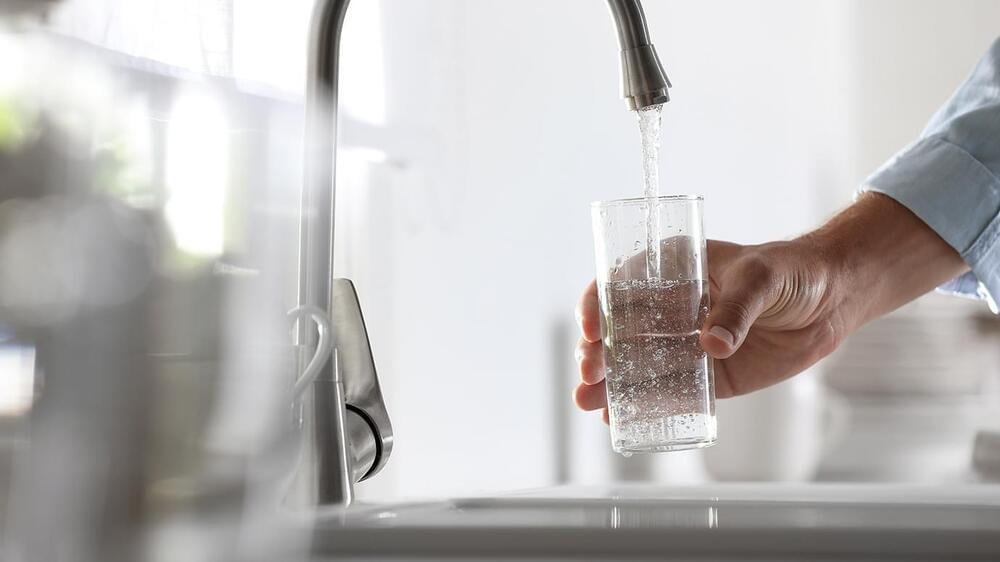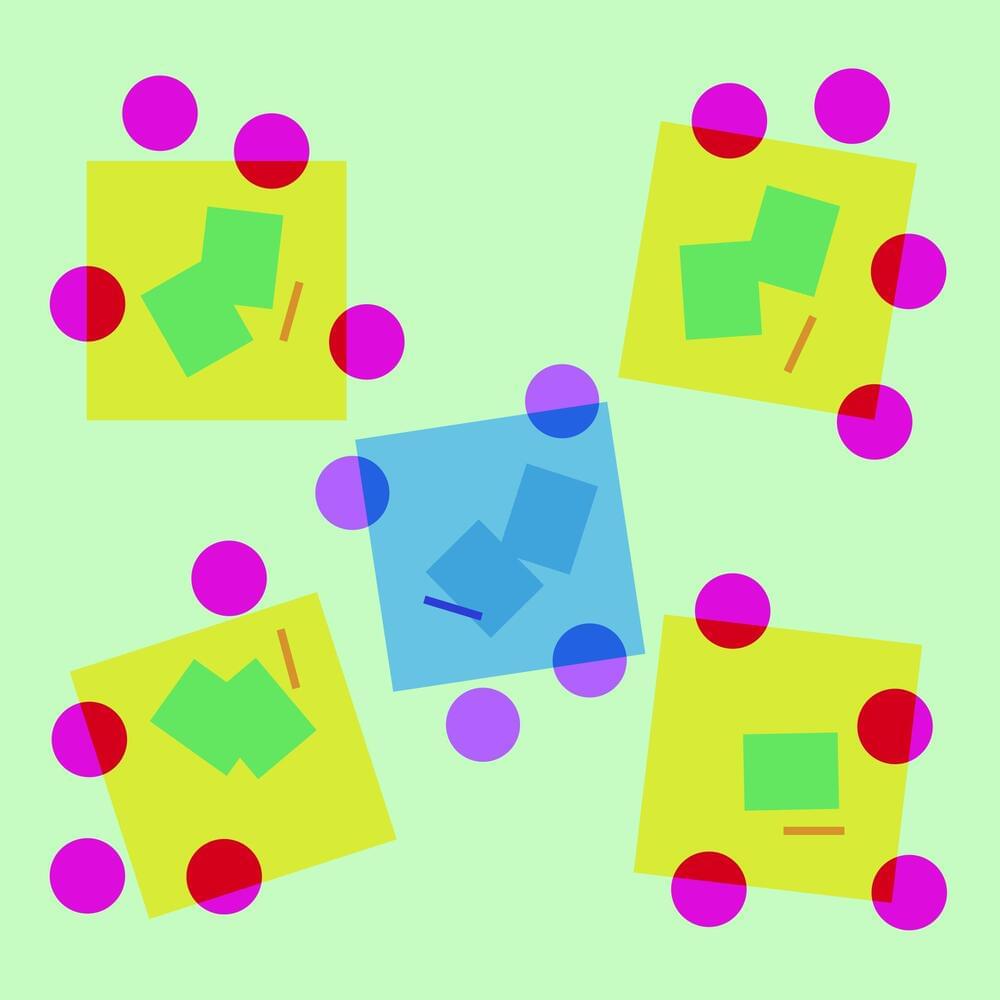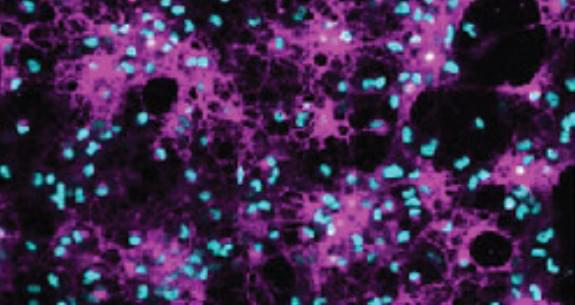AI helps implants work better, preventing diseases before they happen despite immune system challenges.
Imagine your body had an implant that could continuously monitor the occurrence of diseases and infections and immediately release medications to prevent them. Wouldn’t that be ideal, especially for patients who suffer from conditions like heart failure, diabetes, and asthma?
You’d be surprised to know that such implants do exist, but the human body doesn’t allow them to work. Our immune system recognizes such devices as foreign substances.
